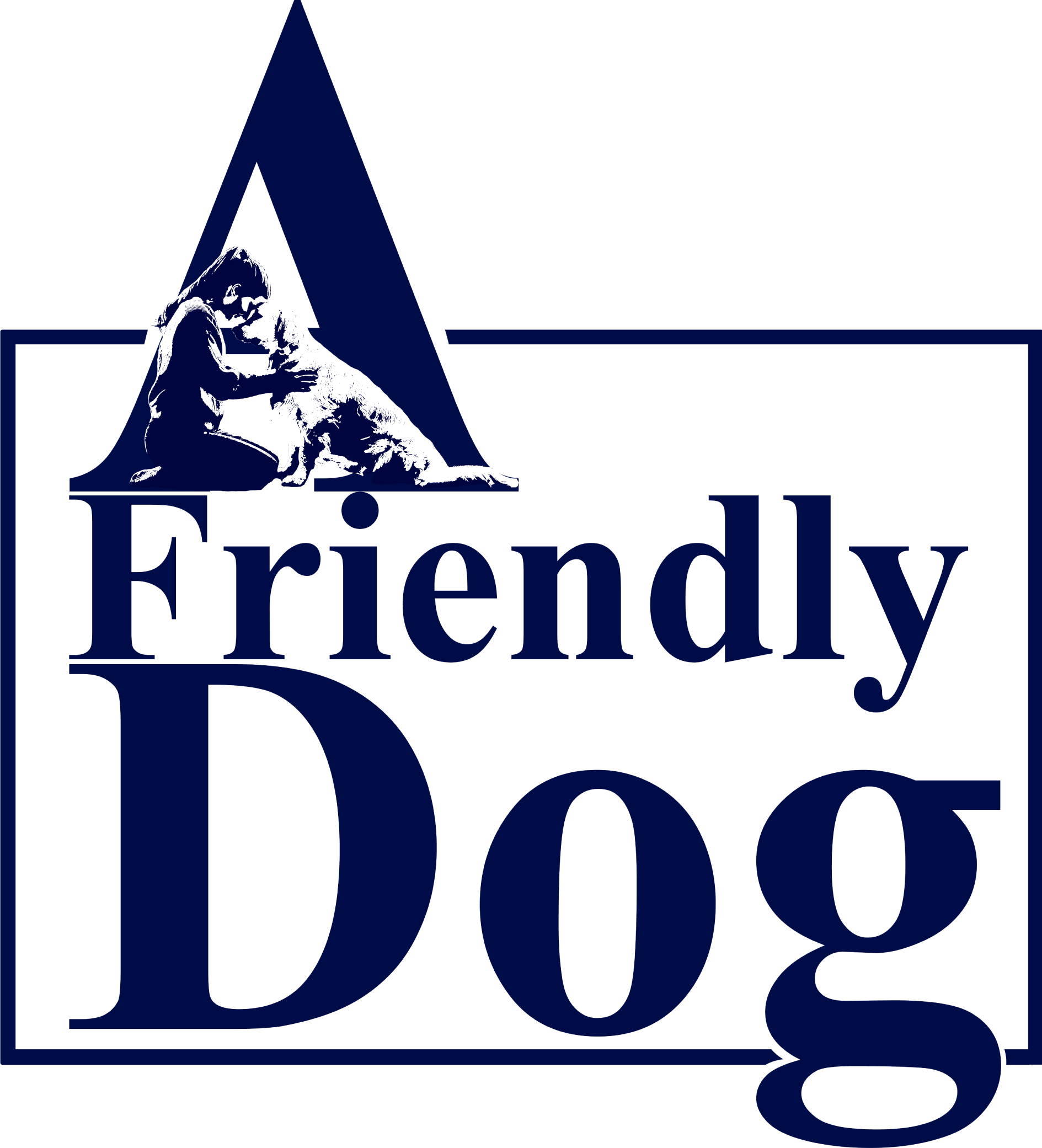Before discussing dog-specific eating issues, it’s important to realize that dogs have complex emotions involved with all aspects involved with their behavior and communication. Dogs, like humans, have their own unique way of expressing their emotions through facial expressions. The term “puppy eyes” is often used to describe the pleading look dogs give when they want something, but it’s important to note that a dog’s eyes can reveal much more than just their desire for something. Facial expressions go a long way in determining how dogs are feeling.
For example, a dog’s level of assertiveness can be detected through their eye contact. If a dog is standing tall and staring with a hard, cold gaze, it’s likely that they’re not feeling particularly friendly. Conversely, if a dog has soft, round eyes, they’re often relaxed and approachable. This is usually accompanied by affiliative behavior, such as a relaxed tail wag and a curved or wiggling body. Combined with facial expressions, overall body language can give an sense of the dog’s demeanor and even intent, especially when it comes to feeding.
It’s also important to note that avoiding eye contact doesn’t necessarily mean a dog is feeling ashamed or guilty. In fact, it’s often a sign of politeness or deference. Dogs may look away from a person as a way of avoiding appearing aggressive or confrontational. So, the next time you’re interacting with a dog, pay attention to their eyes – they may be telling you more than you think!
The “side eye” can be seen as a protective stance. When a dog looks sideways with its nose pointed forward, showing the whites of its eyes, it is often a sign of guarding. While focused on the object it wants to protect, the dog turns its eye towards you to assess if you pose a threat.
However, the side-eye doesn’t always mean aggression. It depends on the dog’s overall body language. If the rest of its body is relaxed, the dog might just be giving you a quick glance while still being interested in something else.
Remember, the ears and mouth are also important indicators of your dog’s state of mind. Understanding their body language will enable you to provide the best care for your furry friend.

